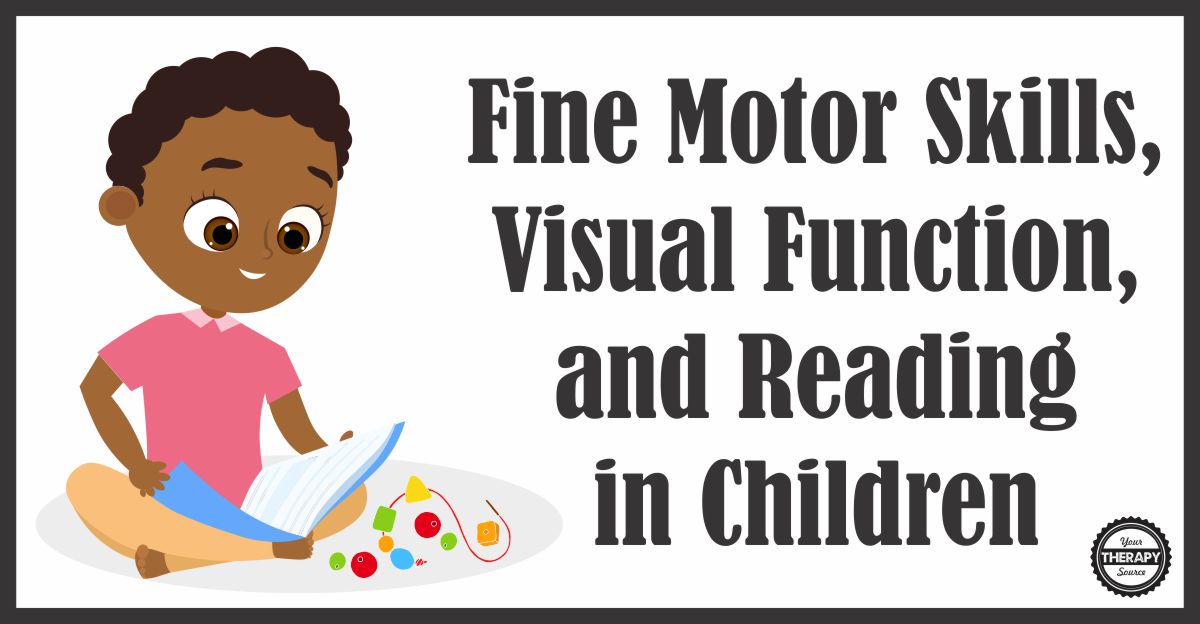 Fine Motor Skills, Visual Function, and Reading in Children
Fine Motor Skills, Visual Function, and Reading in Children
Human Movement Science recently published research examining the association between fine motor skills, visual function, and reading in children. The participants included 19 children who were reading below expected grade and age level. In order to test whether the children identified with reading difficulties perform worse only on fine motor tasks that rely on binocular input, the researchers used two experimental tasks: bead-threading and peg-board. Each participant completed tests for stereoacuity, fusional vergence, amplitude of accommodation, and accommodative facility.
The results indicated:
- children with reading difficulties performed significantly worse on the bead-threading task.
- performance on the peg-board task was similar in both groups.
- accommodative facility was the only measure of binocular function significantly associated with motor performance.
The researchers concluded that normal binocular vision may provide an important sensory input for the development of fine motor skills and reading. Further research was recommended with a larger sample size.
Read more on the link between visual-motor integration and reading.
Reference: Niechwiej-Szwedo, E., Alramis, F., & Christian, L. W. (2017). Association between fine motor skills and binocular visual function in children with reading difficulties. Human movement science, 56(Pt B), 1.
Need fine motor skill activities? Check out all of our resources here. Visual perceptual resources? Find out more here.
The post Fine Motor Skills, Visual Function, and Reading in Children appeared first on Your Therapy Source.

No comments:
Post a Comment